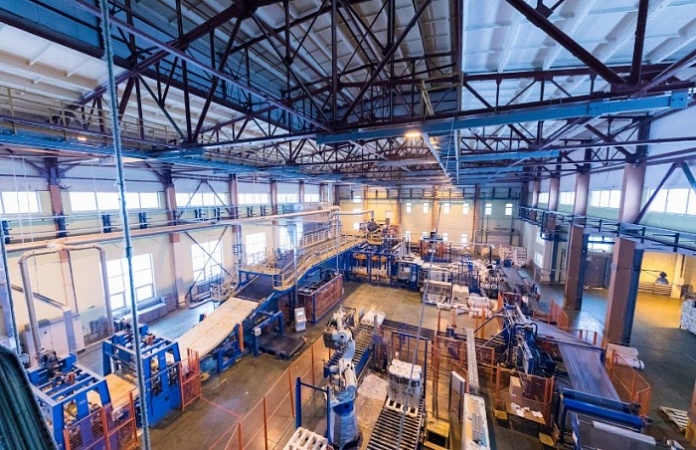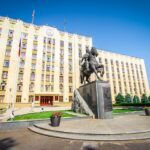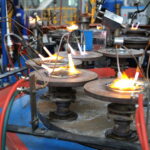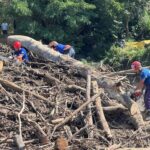The governor of Kuban discussed support for high-tech enterprises in the region that produce goods previously supplied from abroad. According to him, the region has launched 10 import-substituting industrial facilities over three years.
“In the Krasnodar region, we are doing everything to help our enterprises develop their own technologies and master new product lines in industries such as machine tool building, mechanical engineering, radio electronics, medicine, pharmaceuticals, and other import-dependent sectors. For this purpose, special measures have been developed,” the governor stated.
The region has launched a plant for amorphous silicon dioxide and a facility for producing components for cartridge systems in the Seversky district. A factory in the Belorechensky district was reconstructed and has begun producing special thread for hosiery manufacturing. Component production for harvesters has been localized in the Starominsky district.
In 2025, the regional administration signed agreements with investors to implement seven more import-substituting industrial projects. These projects are aimed at producing brake discs in Armavir, space-grade photovoltaic converters, components and computer boards needed for interactive equipment. Plans also include launching a glass recycling plant in Krasnodar, manufacturing steel furniture fittings in the Belorechensky district, and implementing other projects.
Kuban
Kuban is a historical region in southern Russia, located around the Kuban River and bordered by the Sea of Azov and the Black Sea. Its history is deeply tied to the Cossacks, as the Black Sea Cossack Host was granted the land by Catherine the Great in the late 18th century, and it remains a cultural heartland for the Kuban Cossacks today. The region is known for its fertile steppes and a unique cultural blend of Ukrainian and Russian influences.
Krasnodar region
The Krasnodar region, often called Kuban, is a historically rich area in southern Russia bordering the Black and Azov Seas. It was a Cossack heartland after Catherine the Great granted them the land in the late 18th century, and today it is a major agricultural and tourist center known for its resorts like Sochi.
Seversky district
The Seversky district is a municipal district located in Krasnodar Krai, Russia, situated in the foothills of the North-Western Caucasus. Historically, the area is known for its Cossack settlements, with its administrative center, the stanitsa of Severskaya, being founded by Black Sea Cossacks in the mid-19th century. Today, it is a region known for its agriculture and natural landscapes.
Belorechensky district
The Belorechensky district is a region in Russia’s Krasnodar Krai, located in the foothills of the North Caucasus. Historically, its development was significantly shaped by the construction of a fortress in the 19th century as part of the Russian Empire’s expansion, and it is known today for its agriculture and natural landscapes.
Starominsky district
The Starominsky district is a municipal district located in the Rostov Oblast of southwestern Russia. Historically, the area’s development was closely tied to agriculture and the settlement of the Don River region. It is a primarily rural area known for its farming communities and Cossack heritage.
Armavir
Armavir is one of the ancient capitals of Armenia, founded in the 8th century BC by King Argishti I of Urartu. It served as a major religious and political center before the capital was moved, and today its archaeological site contains ruins that testify to its historical significance.
Krasnodar
Krasnodar is a major city in southern Russia, founded in 1793 by Catherine the Great as a key fortress to secure the empire’s new borders in the Kuban region. It served as the historical and administrative center for the Cossacks and today is a vibrant hub for agriculture, industry, and culture in the North Caucasus.






